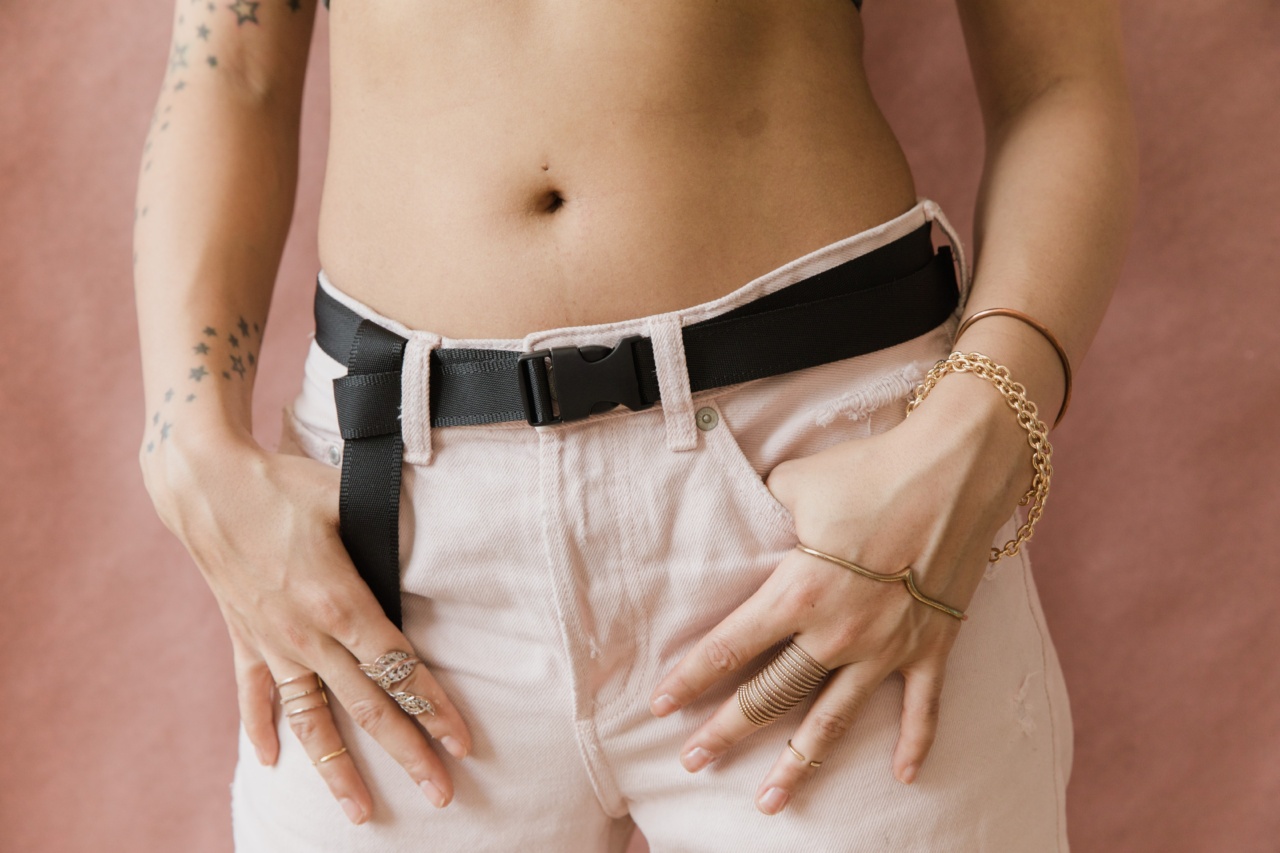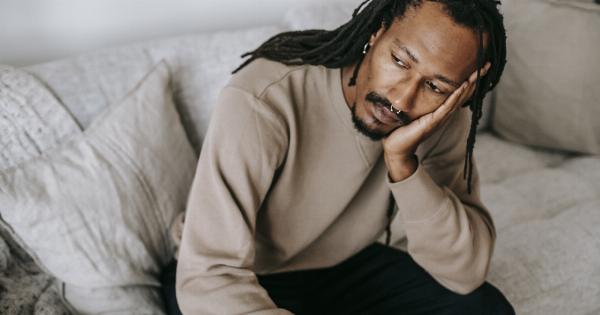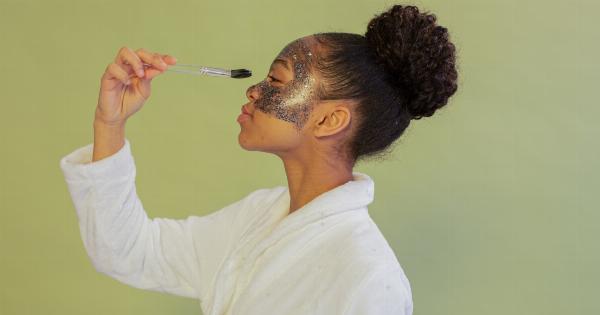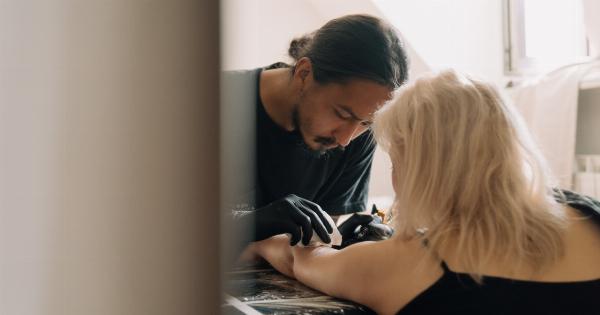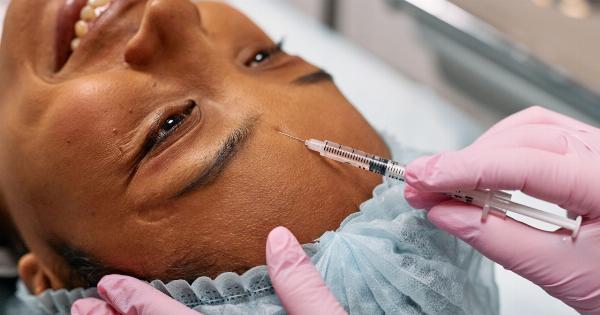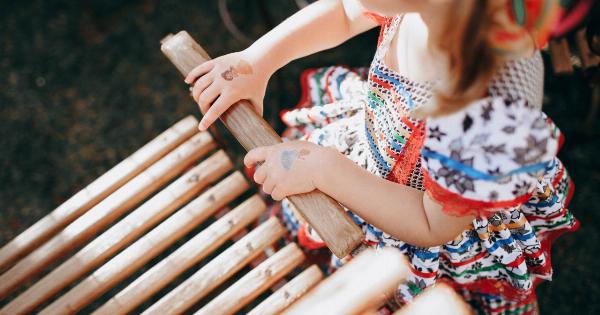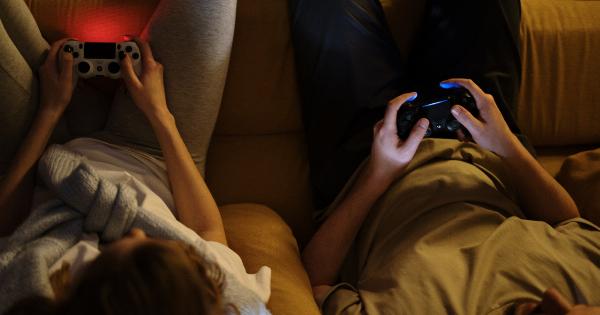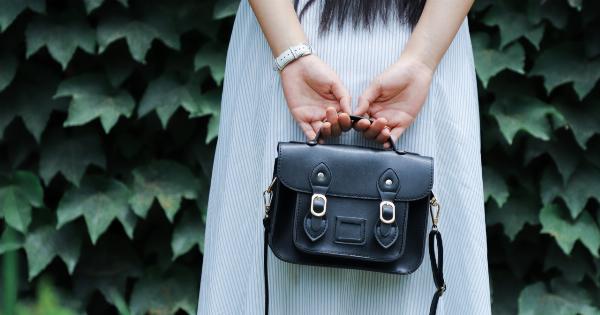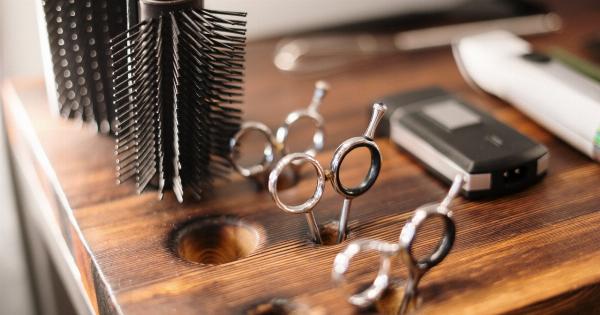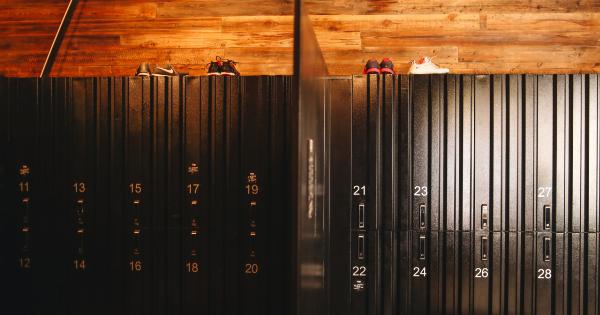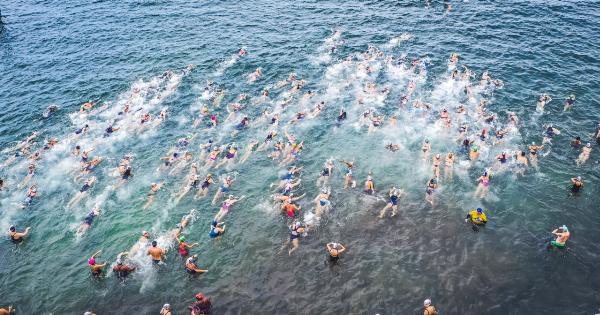Belly button piercings have been popular for years, and are still going strong today. However, before getting any body piercing, it’s important to have a good understanding of what you’re getting into.
Below, we’ll go over some of the important things you need to know when considering getting a belly button piercing.
1. The procedure
The belly button piercing procedure involves inserting a needle through the skin in the navel area. The needle is then replaced with a piece of jewelry, usually a small barbell.
The procedure should always be done by a professional piercer who follows sterile procedures.
2. Aftercare
The aftercare for a belly button piercing involves cleaning the area regularly with saline solution and avoiding tight clothing that can irritate the piercing.
It’s important to also avoid swimming in pools, hot tubs, and lakes until the piercing has fully healed.
3. Healing time
The healing time for a belly button piercing can vary based on factors like your individual healing process and how well you care for the piercing. Typically, it takes about 6-9 months for a belly button piercing to fully heal.
4. Potential risks
Like any piercing or procedure involving the skin, there are potential risks associated with belly button piercings. These risks include infection, rejection of the jewelry, and scarring.
It’s important to carefully follow aftercare instructions and keep an eye on the piercing to watch for any signs of infection or other issues.
5. Jewelry options
There are a variety of jewelry options available for belly button piercings. Barbells are common, but other options include hoops and studs. You can also choose from a variety of materials, such as titanium, gold, and silver.
6. Pain level
The pain level of a belly button piercing can vary based on individual pain tolerance and other factors. However, most people report that the pain is relatively mild and doesn’t last long.
7. Piercing placement
The placement of a belly button piercing can vary based on individual anatomy and preferences. However, a common placement is in the center of the navel, above the belly button.
8. Age restrictions
Like many body modifications, there may be age restrictions on getting a belly button piercing. Laws vary based on location, but minors may need parental consent or be required to reach a certain age before getting pierced.
9. Compatibility with certain lifestyles
It’s important to consider how a belly button piercing will fit with your lifestyle. For example, certain sports or jobs may make it difficult to wear jewelry in the piercing or could increase the risk of infection.
10. Personal style
Ultimately, the decision to get a belly button piercing is a personal one. It’s important to choose a style and jewelry that you feel comfortable with and matches your personal style.
